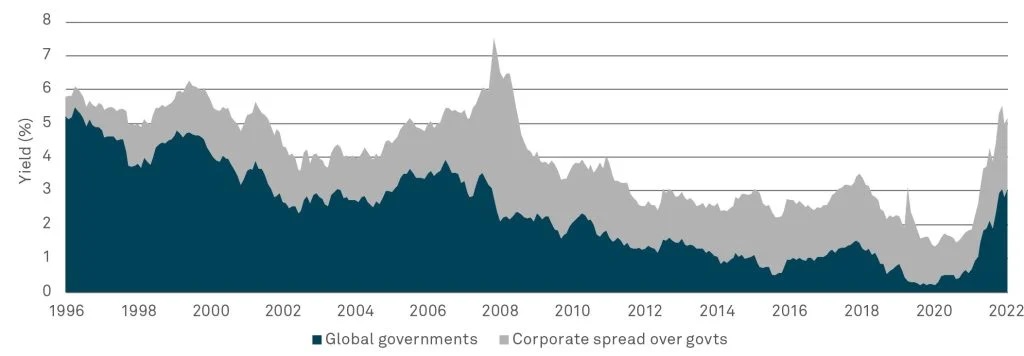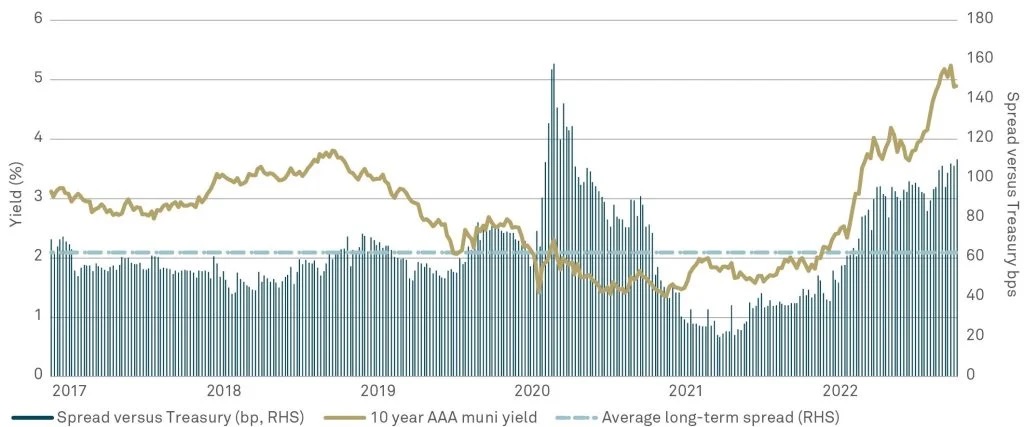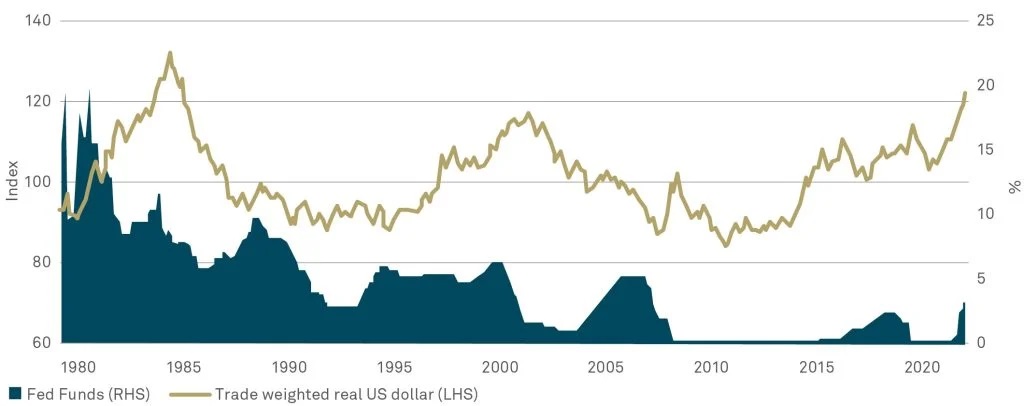Growing concern about climate change, social conditions and corporate governance has seen environmental, social and governance (ESG) rise rapidly up the investor agenda in recent years, prompting a flurry of related products and new issuance.
Portfolio manager Scott Freedman says fixed income now plays a major part in the re-engineering of the financial system and its role in funding the transition is becoming increasingly important. However, he points out that wider consideration of levels of government support, increased engagement with the private sector and potential yields on offer are all important.
“It is not just about government action; the private sector is key to the mobilisation of mainstream capital, and it is reliant on credible frameworks and regulations being put in place,” he says.
“There is a question of what yields will be required for the market to absorb the issuance, and also what happens when the private sector is at risk of being crowded out by growing sovereign bond issuance. Therefore, the degree of government support is important, specifically whether grants and guarantees are required.”
Elsewhere the investment team sees huge potential for impact bonds in emerging markets as they seek funding solutions to tackle ESG-related challenges. Despite some setbacks in 2022 the team predicts the market will see genuine recovery amid rising demand.
“There is little doubt that the world currently faces a variety of challenges at both a social and environmental level. Whether considering the potential scale of impact investing, or the broad scope for positive change, emerging markets (EM) are arguably an unparalleled opportunity for investors seeking to make an impact,” it says.
“While issuance of green, social and sustainable bonds (‘impact bonds’) in emerging markets have grown strongly in recent years, challenging market conditions in 2022 led to a loss of momentum in new issuance. Nonetheless, we believe the strong need for environmental and social investments in emerging markets will be supportive of new issuance and opportunities in EM over the course of 2023.”
But
Careful investment selection is crucial in a broad market which has faced accusations of ‘greenwashing’ or overstating the ESG impacts of some products, according to the team. While data analysis can provide some answers on this, the team points out it is important to understand the purpose and limitations of using ESG data, and the need for ESG data to mature at a much faster pace than it has done to date. “The sheer proliferation of products in this space underlines the need for robust research when selecting specific investments,” it explains.
Commenting on the risks of greenwashing and the importance of a ‘just transition’ to benefit the many in the move away from fossil fuel reliance Freedman adds: “While investors need to be vigilant against the threat of greenwashing, demand for products such as labelled bonds is likely to continue to grow. Fundamental analysis of ESG factors from a holistic perspective, rather than a single asset and project focus, can help investors to avoid greenwashing pitfalls.”
It is also important to consider the ‘just transition’, according to Freedman. “There are social consequences to funding with a climate focus, such as the change in the profile of skills required from the workforce and the impact on communities. In our opinion, green targets should not be considered in isolation; economic development objectives are also important,” he concludes.






